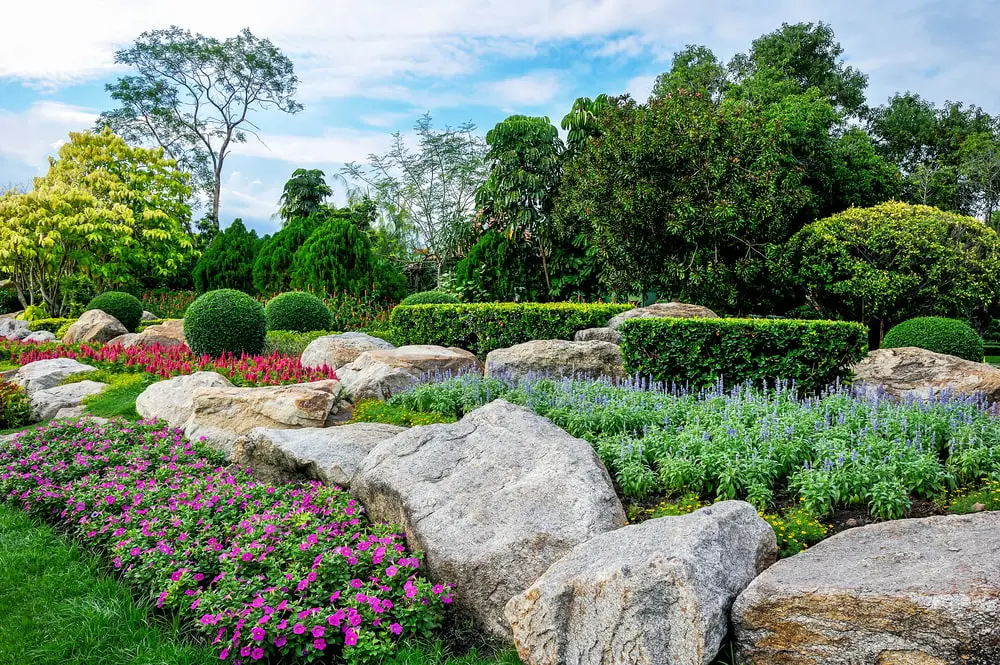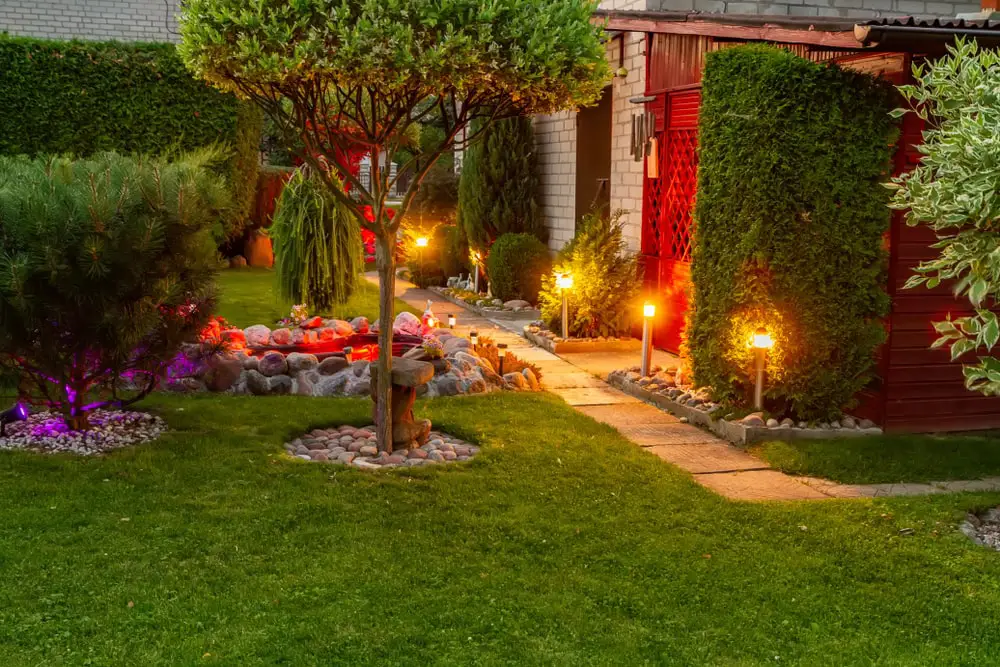9 Simple Techniques For Hilton Head Landscapes
Wiki Article
Getting The Hilton Head Landscapes To Work
Table of ContentsHilton Head Landscapes - TruthsHilton Head Landscapes Can Be Fun For AnyoneThe Of Hilton Head LandscapesNot known Details About Hilton Head Landscapes The Ultimate Guide To Hilton Head LandscapesThe 2-Minute Rule for Hilton Head LandscapesHilton Head Landscapes - An Overview
Line produces all forms and patterns and can be used in a range of methods in the landscape. Line in the landscape is developed by the edge in between 2 materials, the outline or shape of a type, or a long straight feature. Lines are an effective tool for the designer since they can be used to develop an unlimited selection of shapes and kinds, and they regulate movement of the eye and the body.

Lines can have one or more characteristics, such as those defined below, but they commonly offer different functions. Figure 1. Lines in the landscape - Landscapers near me. The homes of lines determine just how people react to the landscape, both psychologically and physically. Straight lines are architectural and strong; they create an official personality, are usually connected with a symmetrical layout, and lead the eye directly to a centerpiece.
Some Known Facts About Hilton Head Landscapes.
Curved lines produce a casual, all-natural, loosened up personality that is linked a lot more with nature and asymmetrical balance. Rounded lines relocate the eye at a slower rate and include enigma to the room by developing hidden sights.Upright lines in the landscape consist of tall, narrow plant material, such as trees, or tall frameworks, such as an arbor or a bird home on a pole. Horizontal lines move the eye along the ground plane and can make a space really feel larger. Low lines are more subdued and create a sensation of remainder or repose.
Rumored Buzz on Hilton Head Landscapes
Lines are also developed by the vertical kinds of built attributes and plant material. There are three key line types that develop form in the landscape: bedlines, hardscape lines, and plant lines.Bedlines attach plant material to your house and hardscape since the eye adheres to the line, relocating the stare through the landscape. Hardscape lines are produced by the side of the hardscape, which defines the developed framework. Line can likewise be created by long and narrow materials, such as a fencing or wall.
Hilton Head Landscapes Fundamentals Explained
Type is discovered in both hardscape and plants, and it is commonly the leading aesthetic element that spatially arranges the landscape and usually establishes the style of the garden. The kind of frameworks, plant beds, and garden ornaments also determines the general kind style of the garden. Official, geometric kinds consist of circles, squares, and polygons.Plants develop kind in the garden with their lays out or silhouettes, yet type can additionally be defined by a gap or negative space between plants - Landscapers near me (https://www.openlearning.com/u/stevengonzales-sg0o4h/). Landscapers near me Circles can be complete circles, or they can be separated right into fifty percent circles or circle sectors and incorporated with lines to produce arcs and tangents
Hilton Head Landscapes for Beginners
Circles can additionally be stretched right into ovals and ellipses for even more range and interest. Circles are a solid style type since the eye is always attracted to the center, which can be used to highlight a prime focus or connect other kinds. Figure 2. Round kinds in hardscape and lawn panels.The square type can additionally be fractional and previously owned continuously to develop a grid pattern. Unlike circles, squares are stronger on the brink, which can be aligned or overlapped to create special patterns and even more intricate forms. Polygons are many-sided kinds with straight sides. Triangles, for instance, are three-sided polygons.
Meandering lines commonly resemble the natural program of rivers or streams and can be called smooth lines with deeply bent wavinesses. Meandering lines (Figure 3) work well for pathways, plant bedlines, and dry stream beds. Meandering lines can include interest and mystery to a garden by leading viewers around corners to discover brand-new views and spaces.
Our Hilton Head Landscapes PDFs

Figure 5. Fragmented edges: tipping rocks in path. Type is the most long-lasting quality of a plant (Landscapers near me). https://h1tnhdlndscps.weebly.com. Common plant forms are well developed and standard, as kind is the most consistent and well-known feature of plants. Kind can additionally be produced with the massing of plants, where the total mass develops a different form than a private plant.
A very contrasting kind needs to be used with careone or two job well as a prime focus, but a lot of create chaos. All-natural plant kinds, instead of over-trimmed kinds, ought to develop the mass of the structure. The relevance of general kind is basically depending on the viewing perspectivethe type of a tree can show up quite various to a person standing under the cover versus seeing the tree from a range in an open area.
The Best Guide To Hilton Head Landscapes
Plant kinds additionally create and specify deep space or open rooms between the plants, producing either convex or scooped kinds in deep spaces. High-arching tree branches typically create a concave open area under the branches, and a rounded cover with reduced branches loads the room to produce a convex form in the open space under the tree.
Report this wiki page